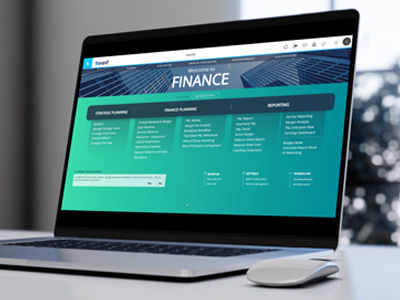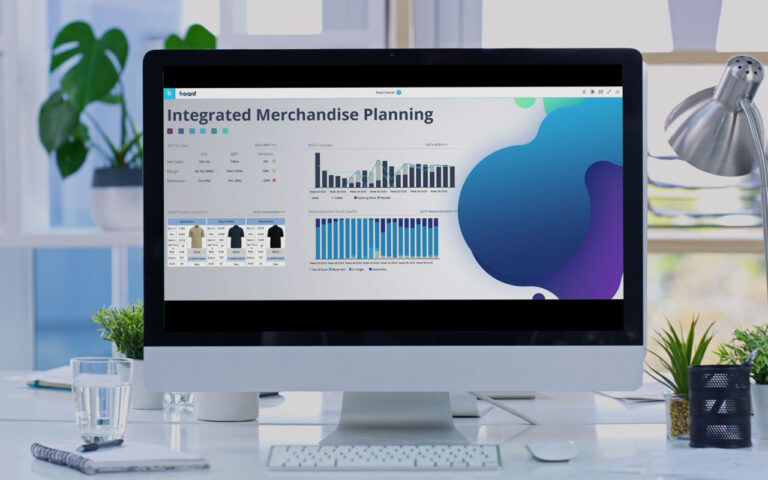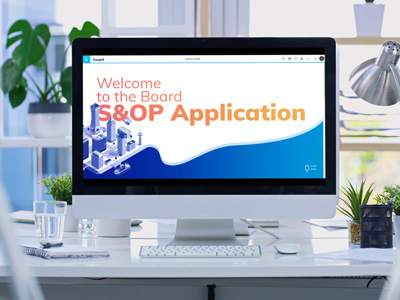

Group Consolidation and Reporting with Board
Group Consolidation and Reporting with Board
Today’s finance teams need to deliver detailed and timely information that can drive value across an organization. They need to close books faster, consolidate in seconds, and ensure strict compliance with global financial reports. Data accuracy and process transparency are key to achieving these outcomes.
The financial consolidation and reporting process can be a significant burden for many organizations. It can consume valuable time and resources that could be better allocated to support performance management and data-driven decision-making.
Board Group Consolidation and Reporting offers a streamlined solution for finance transformation: replacing disjointed consolidation and reporting activities. Utilizing advanced technology, this solution simplifies monthly cycles, guarantees accuracy, and ensures full regulatory compliance. Learn how in this comprehensive demo video.
You may also be interested in


Merchandise Planning with Board
